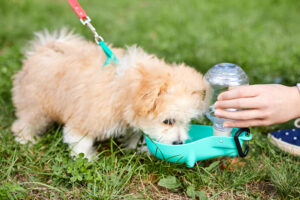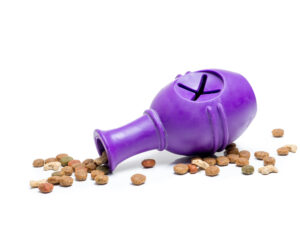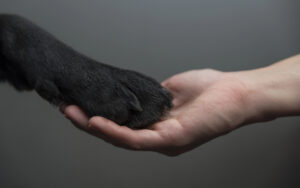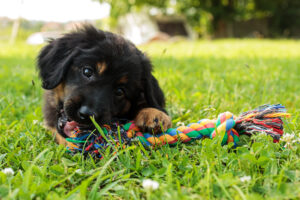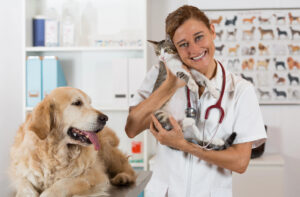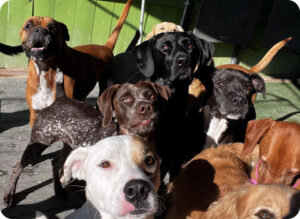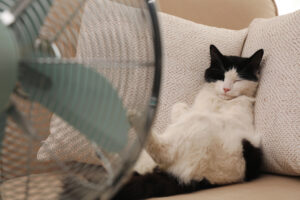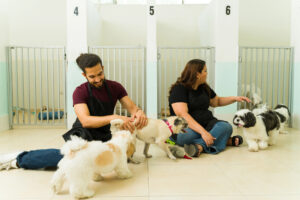Though they’re called the “dog days” of summer, when the weather heats up it affects your cat, too! It can be harder to notice the impact that heat can have on your kitty, since cats are cool customers—by the time your cat is visibly acting uncomfortable, that means your cat is extremely uncomfortable. Here are some tips for helping your feline friends stay cool and healthy during hot San Diego summers:
Water, Water Everywhere
Whether your cat is indoor-only or is allowed outside, make sure that he has access to plenty of fresh water. Outdoors, place the water bowl in the shade and make sure to add new, cold water frequently. You can drop a couple of ice cubes in the bowl to keep it cool longer, too. Follow the same rules indoors, and if you normally only have one water bowl for your cat, consider adding a second one in a place that stays cooler during the day (for example, the tiled floor of a bathroom). Worried your kitty isn’t drinking enough? Many cats love running water, but given our drought, leaving a tap dripping is not an option. A pet water fountain recirculates water so there’s no waste, and lets cats enjoy playing with the running water.
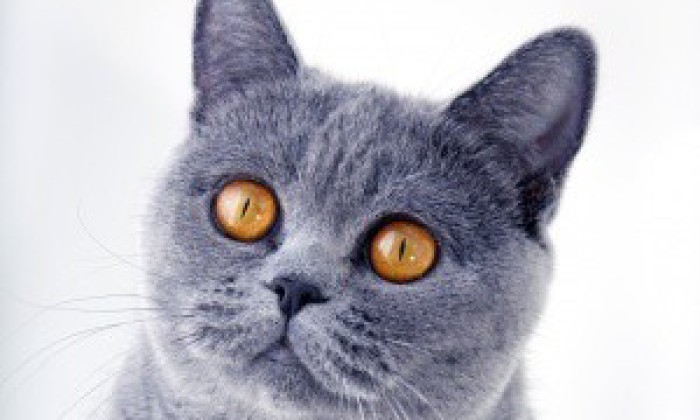
Pay Attention to Temperatures
You can follow a pretty simple rule of thumb for determining whether the temperature inside your home is comfortable for your cat: When you’re comfortable, chances are she is too. That said, indoor air can get stuffy fast. If you are not leaving your AC on a moderate temperature while you’re at work, place a fan in a safe but accessible spot. You want your feline to have fresh air available, but you want to be sure the cat can’t knock over the fan. It’s important to track the mercury levels outside, too. If there is a heat advisory, outdoor cats should be brought inside.
Watch the Windows
Do you have screens on the windows of your house or apartment? Cats tend to love sitting on windowsills, but it’s not always a safe option for them. An improperly secured screen can create the potential for a fall, and rips, tears, and worn areas can give a kitty a hobby—and an escape route—on a hot day. Replace any old or damaged screens, or consider placing window gates in front of the screen to make sure your cat can safely enjoy the view.
Send Fleas Packing
Even here in San Diego County where it’s warm year round, flea problems tend to increase during the summer months. Keeping your cat exclusively indoors doesn’t necessarily mean she’s flea-free; fleas will tag along on pretty much any mammal if they get the chance. Your dog might go out for a walk, and come back with some unwanted hitchhikers. Plus because cats love keeping themselves clean, it can be more difficult to notice flea problems. Check your cat for signs of fleas as well as for the insects themselves—you may not see an actual flea, but find flea debris or fleabites. If you don’t have a go-to flea preventative, check with your vet to find one that’s feline-approved. Especially because cats are more flexible than dogs, remedies that are put on the skin and fur can be hazardous.
Be Skin (and Fur!) Smart
Some people believe that shaving cats in the summer helps them to be more comfortable. In fact, exactly the opposite is the case. Longhaired and some shorthaired cats’ thick double coats provide them with natural insulation, helping them to keep cool. Removing that will actually make them more susceptible to heat. It can also create the potential for sunburn, and though cat-safe sunscreen is a good idea for ears and noses (especially on light-colored kitties), cats will just lick off sunscreen applied elsewhere on their bodies.
Keep Food Fresh
In hot weather, cat food—especially wet or canned food—can quickly spoil. It will also attract flies, ants, and other pests. Only put out as much wet food as your cat will eat at one time. If you need to leave food out all day, stick to dry food. For outdoor cats, replace the dry food twice daily, even if there’s uneaten food left in the bowl.
Know the Signs of Heatstroke
It can be difficult to tell that heat is affecting your cat until it has become an emergency. While dogs normally pant and drool, in cats this can be a sign of heatstroke. Other symptoms can include sweaty paw pads, restlessness, listlessness, weakness, convulsions, vomiting, and red gums, lips, or tongue. Senior cats, kittens, and cats with existing illnesses are more sensitive to hot weather, and should be watched closely for any of these symptoms. If you think your cat may have heatstroke, get him to a cool place and contact your veterinarian.
Knowing how to keep your cat comfortable and cool during the summer months will help him to stay healthy and happy. Another way to ensure your kitty’s safety? If you’re going away for longer than a day, cat boarding is strongly preferable to having someone “check in” on your pet. Cat boarding ensures that your pet will stay in a comfortable, climate-controlled environment, and have someone to tend to her needs at all times. If you’re looking for San Diego cat boarding, look no further than right here at Fon Jon! We’re not just for the dogs—we board cats, too. Call 858-490-2117 to learn more.






